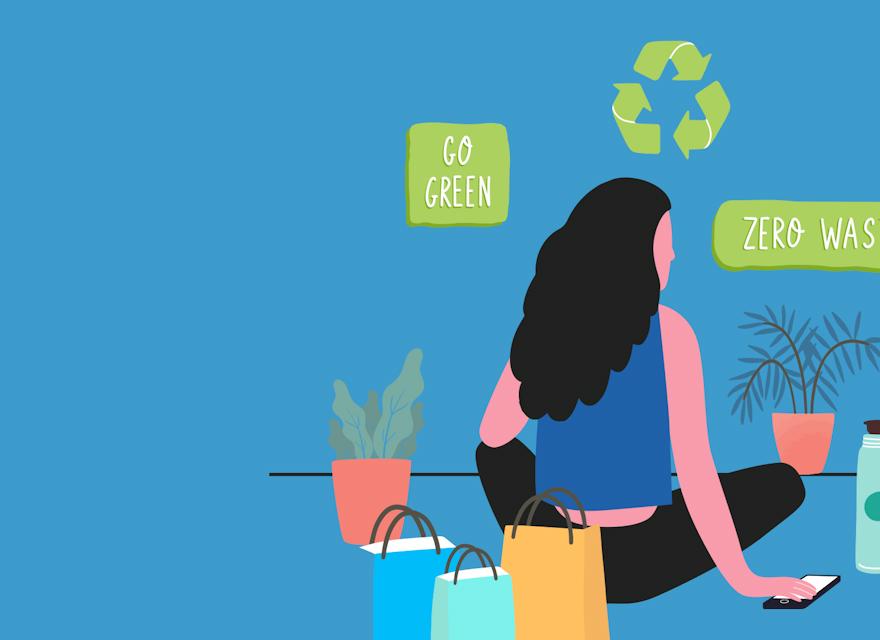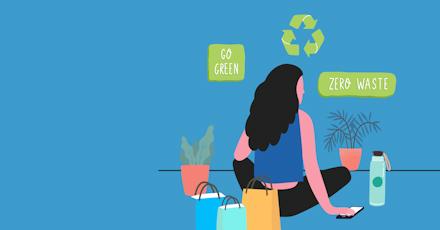Consumers do not trust brands blindly these days. Instead, their trust needs to be earned. They are looking for brands with values similar to their own, which place higher demands on organizations, requirements in terms of credibility, corporate culture and transparency. There is no doubt that brands are facing a tough challenge. But therein lies great opportunity to create stronger ties with their customers.
Environment and conscience
Consumers are more aware of climate issues today than has been the case historically. Of course, this may be more applicable to us in the Western world than elsewhere. In general terms, consumers have begun to trust brands less and less. They require more transparency and information about the products to justify their purchases.
Climate anxiety was a factor that we picked up on in our survey. Several of the people we interviewed were tentative when we asked about their consumption habits. They were nervous that they might say something contrary to accepted environmental ethics. As if a cloud of shame hung in the air.
Production line lacks transparency
How are we supposed to be able to make climate-smart decisions without information? “I look for clear information about what’s in the product,” said one person we interviewed, who seemed never to find the necessary information about the origin of the product. We usually see a label that reads “Made in China,” but what does that mean for the climate and our conscience? How can we know what the working conditions were like for those who produced the product?
Unpleasant overabundance
New season sales are on the horizon, and you intend to do some shopping, but people crowd the store and the checkout lines are long. Every store has long rows of sweaters hanging on the racks. It feels overwhelming. “I almost feel sick to my stomach when I walk into certain stores,” is what one consumer told us, referring to the sheer quantity of gadgets and products.
Difficult to estimate product lifecycle
Whether it's your favourite sweater or a base layer garment, it's tiring when your clothes shrink or fall apart. You decide to save a little money and buy fewer but more expensive garments instead. “A shirt costing € 100 or € 250 doesn't really matter to me. The fit and quality are more important,” said one consumer we met. But how do you know how long the more expensive garment will last if you haven't bought anything from the brand before?
The relationship between brand and consumer will play an increasingly important role in the future. Dare to be industrious and dare to do what is expected of you. Be transparent and be sure that every link in the production chain – from choice of materials to working conditions – lives up to the moral standard that your customers require. Then take advantage of the opportunities that this yields, and bind your customers closer to your brand.
Putting your best foot forward when it comes to climate issues and embracing circular strategies can be a smart decision for both your business and for your relationship with your customers (and of course for the planet too). Imagine being able to grow your profits while achieving a greater good. That's what we call synergies.
About the Future of Retail Series
For a four-week process, we met with consumers and retail staff, both in a deep interview format and informally out on the town, to try to survey which shopping experience needs are currently not being met. With the help of these insights, we have been able to focus on some specific areas. After that, we performed a comprehensive trend monitoring and business intelligence to better understand this highly innovative retail landscape. The study aimed to identify new opportunities for our customers to create the shopping experiences of the future.












